Schloss Ambras
Anyone visiting the Tyrolean capital of Innsbruck will be welcomed high above the outskirts of the city by a characteristic fortress with high, white walls and red-white-red window shutters – the welcome greeting comes from Ambras Castle at a proud height of 635 meters above sea level.
Ambras Castle - Foto: Wikipedia-User: Manu25 - CC BY-SA 2.5
The beauty of the Renaissance preserved until today
In the 11th century, this was the residence of the Andechs, but the building was not destined for a long life. It was destroyed in 1133 by Henry the Proud. After being rebuilt a century and a half later, it passed through several owners and ultimately to the Habsburgs. Emperor Maximilian I settled here for hunting.
Much of its present splendor is owed to Archduke Ferdinand II. He expanded the castle and introduced Renaissance grandeur. The finished masterpiece was given as a token of his love not bound by status to Philippine Welser, his secret commoner wife. He also had his various collections (art, weapons, armor, devices, natural objects) moved here, which can still be admired today as the famous Ambras collections.
After Austria's defeat against Napoleon and his troops, the collections were brought to Vienna for safety. However, a part of it remained here, as the return began in the late 19th century. In the early 20th century, the residence was to be turned into a summer residence for Archduke Franz Ferdinand. The fateful assassination in Sarajevo in 1914, which is blamed for the outbreak of World War I, of course, thwarted those plans. After the end of the enormous war, the Habsburgs had to cede Schloss Ambras to the Republic of Austria, where it still remains today.
Thanks to the diversity of the collections, the castle museum has become a focal point for historically interested visitors to Innsbruck.
The so-called "Wunderkammer" not only fascinates with trophies, glass and goldsmith works, but also with exotic exhibits and "wonders of nature". Natural objects and portraits of rare animal species, as well as unusual people like the "hair man", are displayed here. Particularly rare Japanese bowls and silk scarves are part of the wondrous collection. A journey back to ancient times is provided by the Antiquarium - with sculptures and portraits of people from ancient Rome and mythology.
The armories are filled with armor and weapons of famous commanders ("Heldenrüstkammer") as well as with imperial utility weapons from the 17th century. But be sure to also take a look at the splendidly designed ceiling, where you can admire the constellations and zodiac signs.
In addition to the bath of Philippine Welser - a unit consisting of a tub with hot stones, a sweat room, and a relaxation room, and thus a predecessor of modern spa facilities - it is above all the famous Spanish Hall that must not be missed during a visit. It is proof of Ferdinand II's pronounced desire for self-representation, as this room was built from 1569 to 1572 as a representation hall. With its fascinating portraits, the overwhelming wooden coffered ceiling, and the bright natural light concept, the Spanish Hall of Schloss Ambras is one of the most beautiful freestanding hall buildings of the Renaissance today.
The Habsburg Portrait Gallery also emerged from the passion for collecting, covering a wide spectrum with around 200 portraits and paintings of members of various ruling houses, similar to the London National Portrait Gallery. Of course, the focus is on the Habsburgs, and because the collection displays works from the 14th to the 18th century, it tells a long and varied history of our time during a walk through. Significant artists such as Rubens, Cranach, Van Dyck, or Arcimboldo have contributed to the uniqueness of this collection.
It's green so green when the blossoms bloom in front of the Spanish Hall
The elegance continues in the outer area as well. A well-kept green carpet of nature extends around the castle grounds. The garden is designed according to the rules of English landscape architecture, and in the eastern area, you will find the remains of a Renaissance garden. In addition, the castle pond with rare waterfowl, the Bacchus grotto, and a specially created waterfall give the special flair to this park, which provides grounding after a cultural flood of impressions.
Incidentally, Schloss Ambras is not only accessible by car. The Innsbruck mountain railway - an experience in itself - takes you from the Bergisel station to the hill. The post bus also sets off from the Innsbruck main station and brings you comfortably and without parking worries to this unique experience museum.
 How do you like the content of this page?
How do you like the content of this page?
Please give us your feedback!
Recommended accommodations
Seefeld in Tirol
★★★
Small but nice newly renovated family-run hotel in a prime location with a great spa.
Steinach am Brenner
★★★★
Surrounded by the breathtaking mountain scenery of the Wipptal enjoy a lovely holiday in friendly and cozy atmosphere of our hotel.
Seefeld in Tirol
★★★★
On the sunny plateau of Seefeld – surrounded by the mighty Tyrolean Alps and shady forests lies the Hotel Seespitz-Zeit.







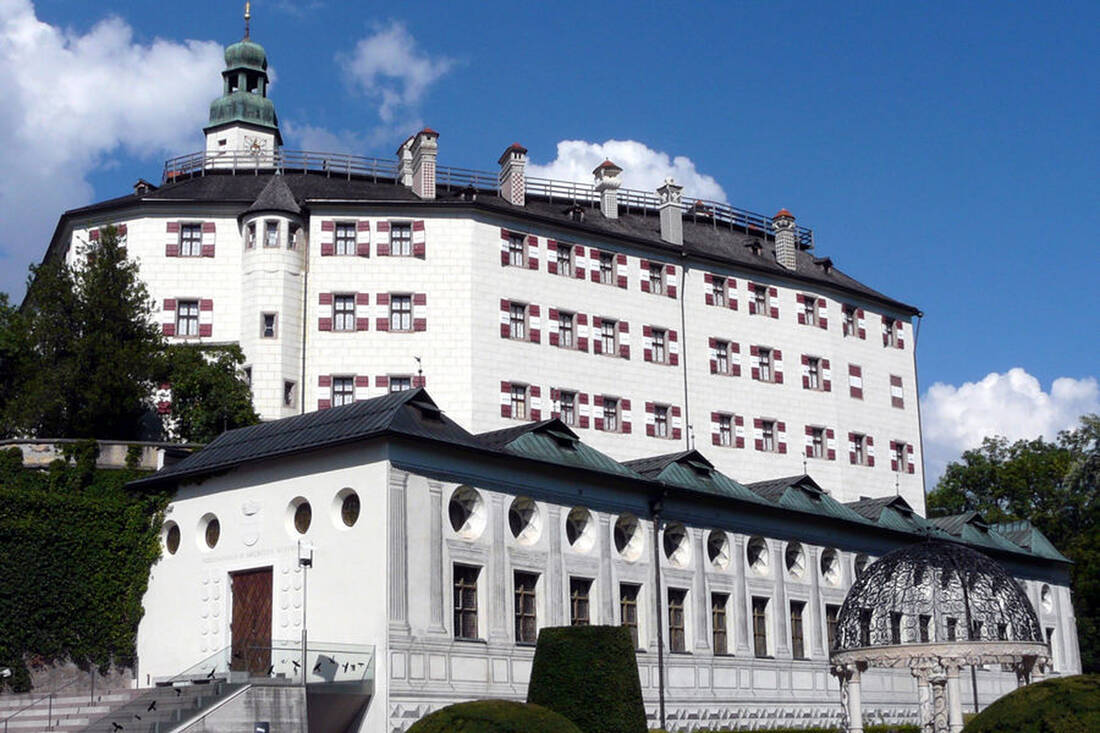
 How do you like the content of this page?
How do you like the content of this page?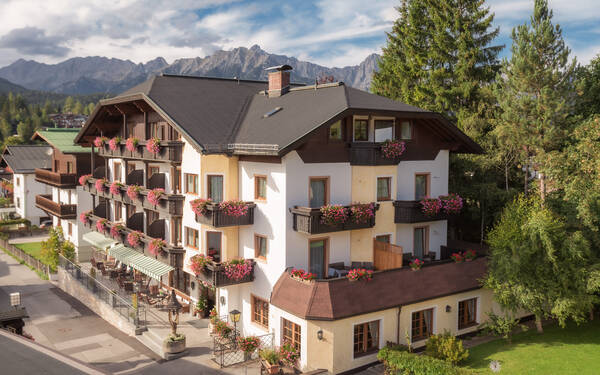





 notice
notice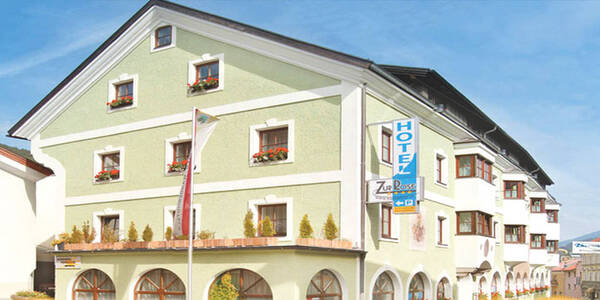
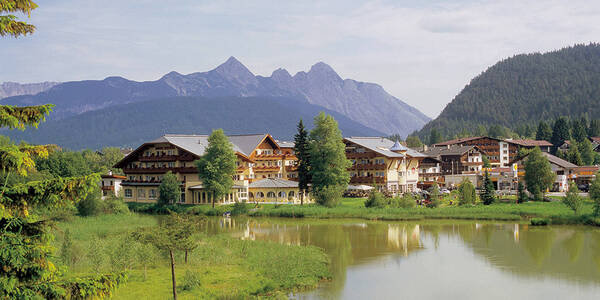

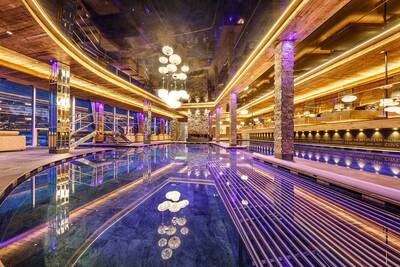
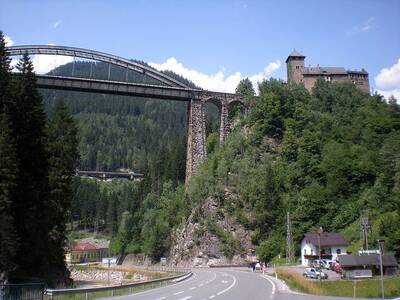
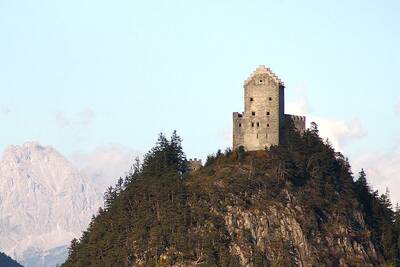
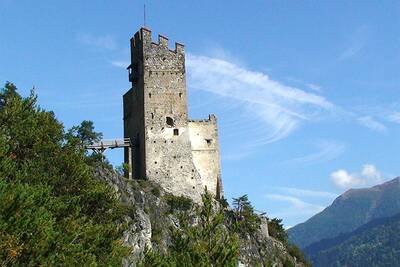
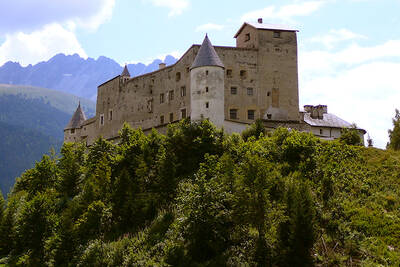
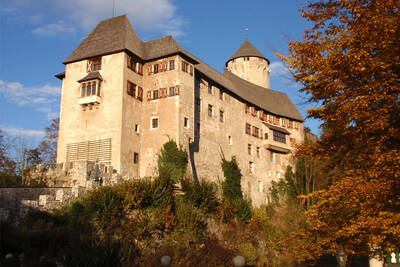
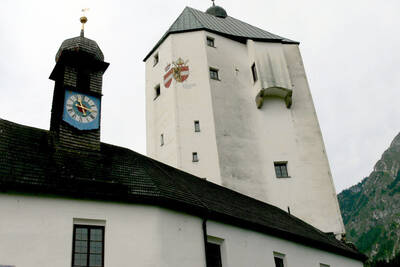
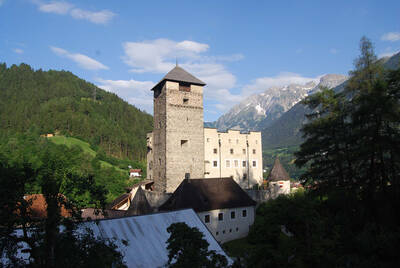

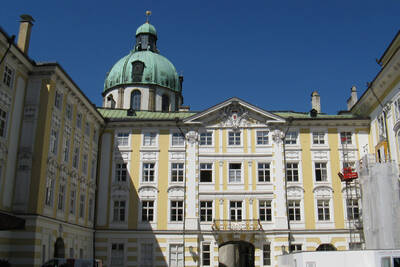
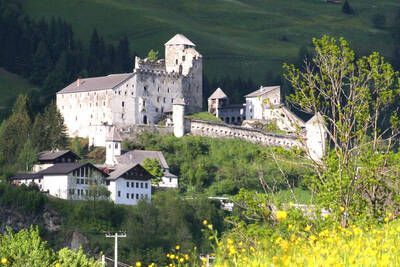
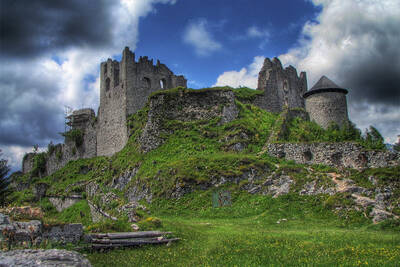
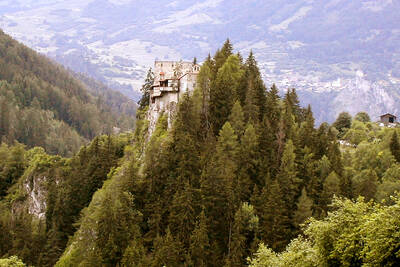
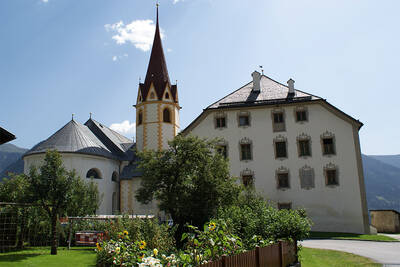
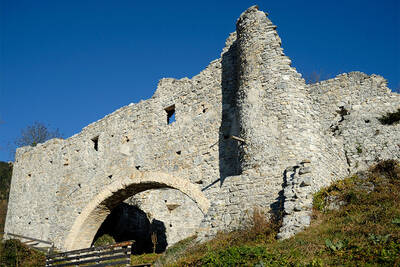
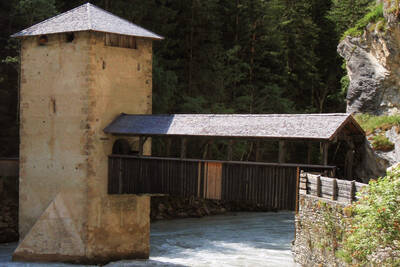
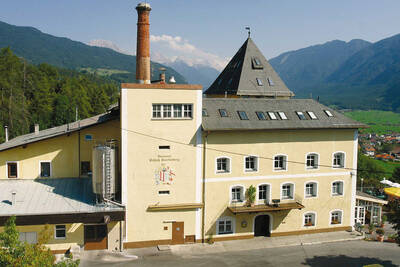
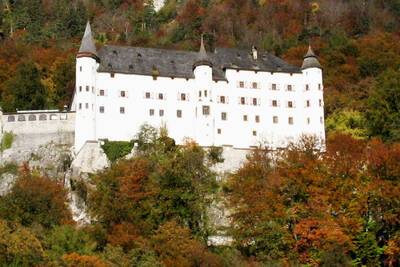
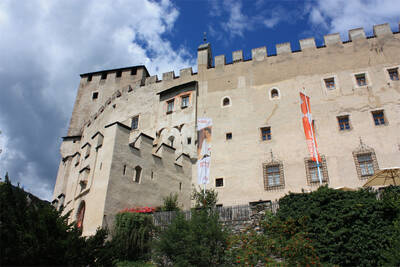
 More infos…
More infos…